PPH Reduce Socket: Secure Connection for Varying Pipe Sizes
The PPH reduce socket is a practical and durable pipe fitting designed to connect two PPH pipes of different diameters. Made from polypropylene homopolymer (PPH), this fitting offers excellent chemical resistance, thermal stability, and long-lasting performance in industrial piping systems.
Key Features and Functions
The main purpose of the PPH reduce socket is to create a smooth, secure transition between a larger and a smaller pipe. This is especially important in systems that require diameter changes without compromising flow efficiency or system integrity.
The material used to manufacture this fitting—PPH—is known for its outstanding resistance to a wide range of corrosive substances, including acids, alkalis, and organic solvents. This makes the PPH reduce socket highly suitable for demanding environments such as chemical processing, wastewater treatment, and mining operations.
In addition to chemical resistance, the PPH reduce socket can operate reliably at temperatures up to 95 degrees Celsius. It does not degrade or deform under heat, ensuring long-term durability even in high-temperature applications.
The internal surface of the reduce socket is smooth, promoting low-friction flow and reducing pressure loss. It also helps prevent deposits from accumulating, which keeps the system clean and efficient over time.
Installation and Connection
The PPH reduce socket is commonly installed using thermal fusion methods such as socket welding or butt welding. These methods create a strong, seamless joint that resists leaks and mechanical stress. The fusion process ensures that the connection is as strong as the pipe itself.
This fitting is available in a variety of size combinations and follows international standards such as DIN 8077/8078 and ISO 15494. This makes it easy to integrate into existing systems or include in new projects with reliable consistency.
Its lightweight design makes it easy to handle, transport, and install. Whether used in large-scale systems or compact setups, the reduce socket ensures precision and safety.
Typical Applications
PPH reduce sockets are widely used in:
Chemical plants transporting corrosive fluids
Water treatment systems requiring mixed pipe sizes
Pharmaceutical manufacturing for clean fluid transitions
Food and beverage industries with hygienic flow demands
Power plants and industrial cooling systems
The ability to adapt to different pipe diameters makes the reduce socket a flexible and essential component in many technical applications.
Cost Efficiency and Environmental Benefits
PPH is a recyclable, non-toxic plastic. The durability of the reduce socket reduces the frequency of maintenance and replacement, contributing to lower operating costs. Additionally, its resistance to leaks helps reduce fluid loss and system downtime, adding to its economic and environmental advantages.
Conclusion
The PPH reduce socket is a dependable solution for joining pipes of different sizes in demanding industrial environments. Its resistance to chemicals and heat, combined with easy installation and long service life, make it a key component in modern fluid handling systems. For safe, cost-effective, and efficient pipe transitions, the PPH reduce socket is a smart and reliable choice.

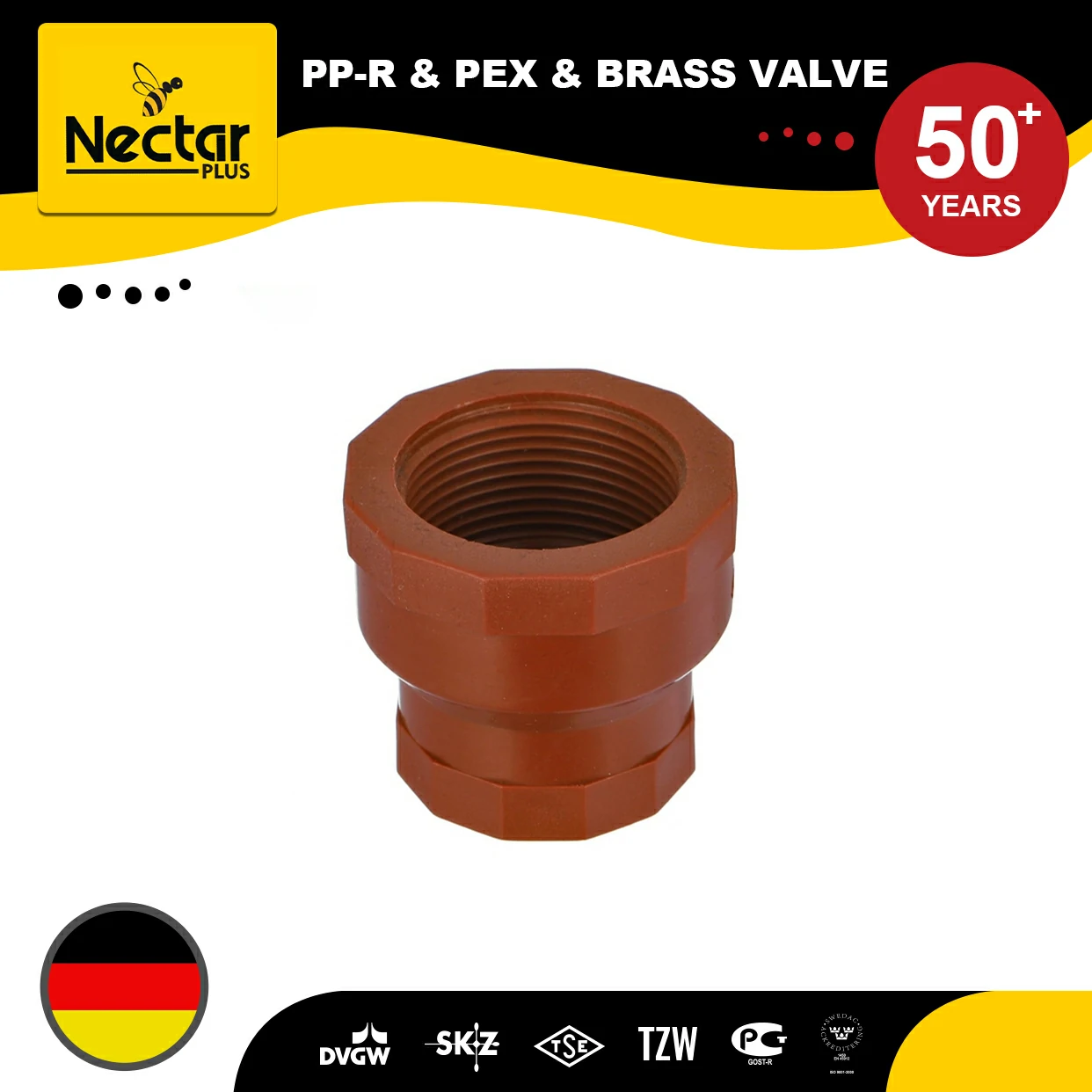
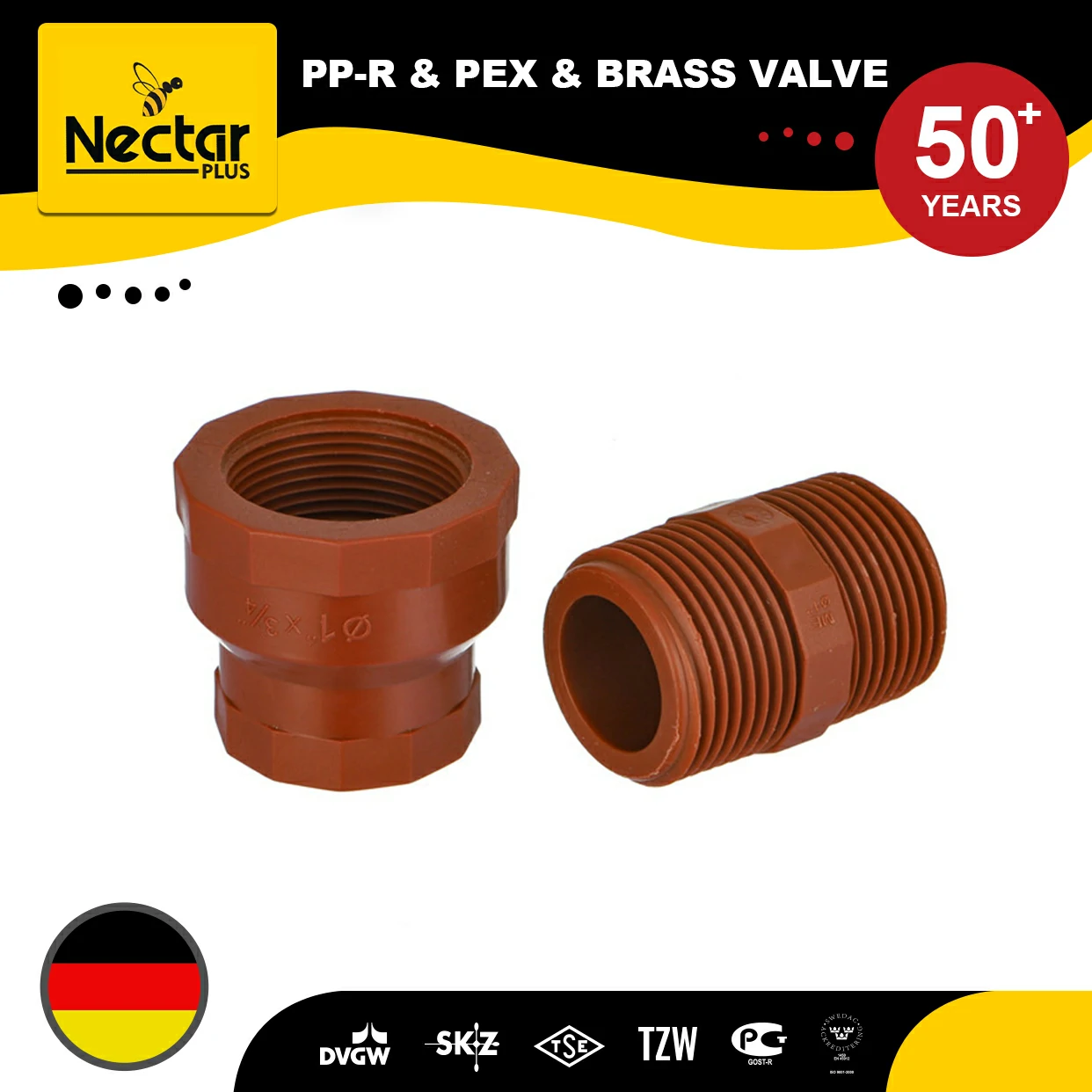
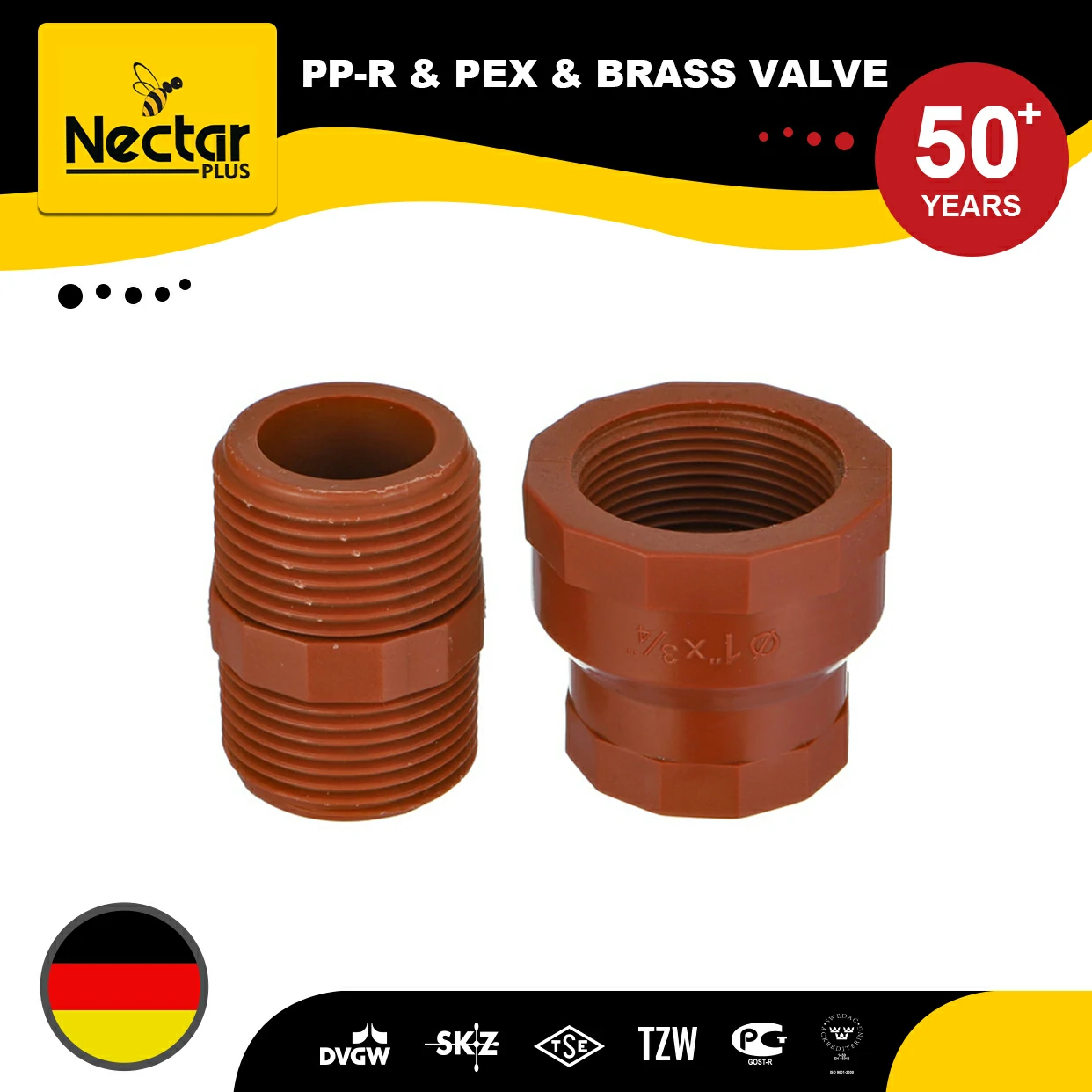
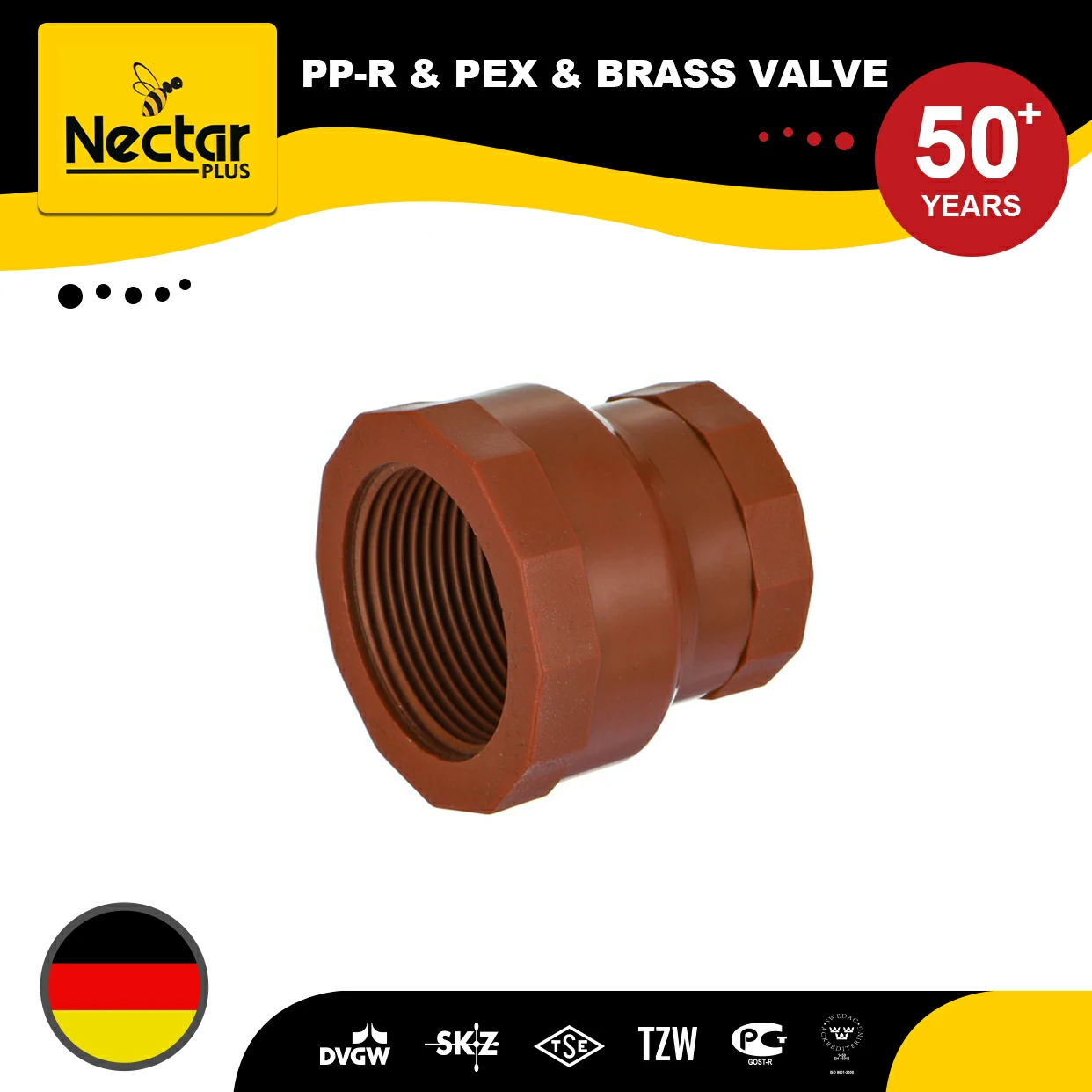
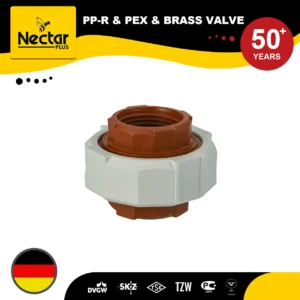
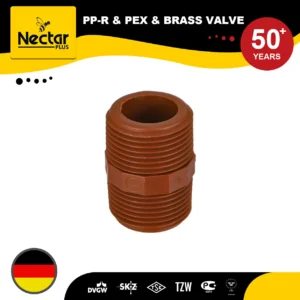
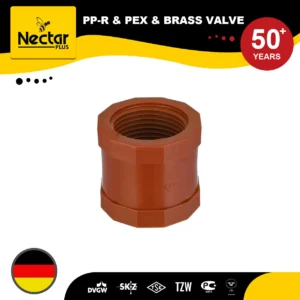
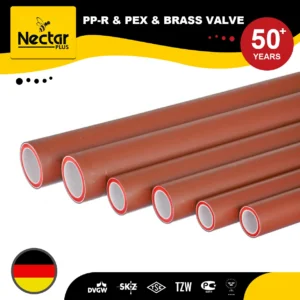
Reviews
There are no reviews yet.